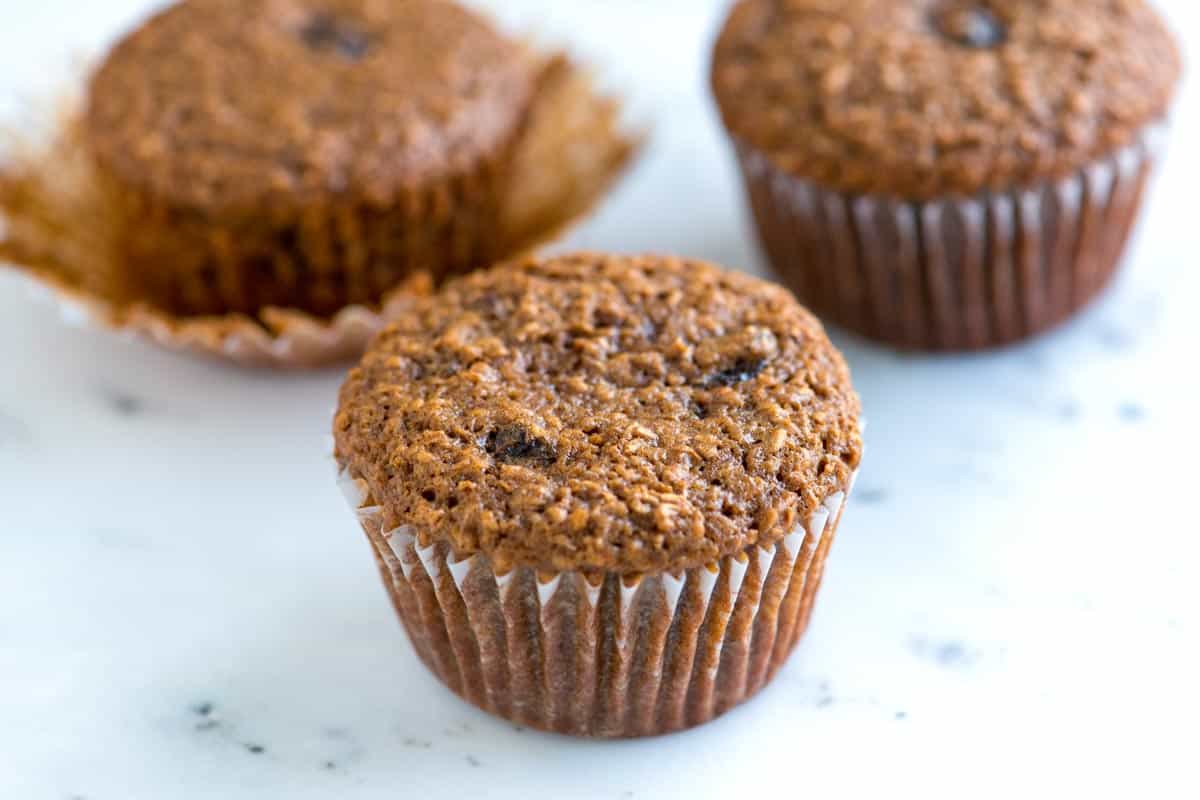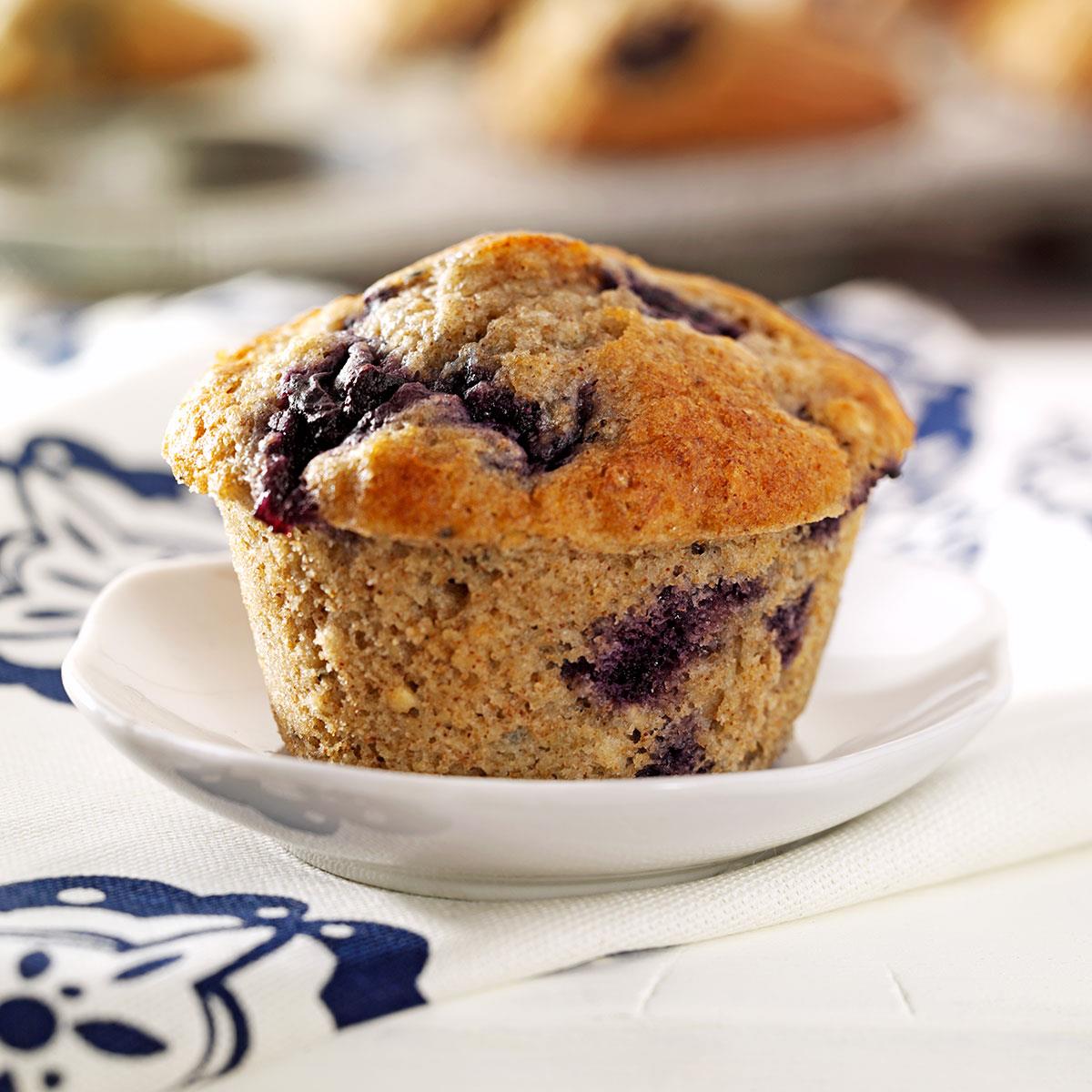Muffins, the beloved breakfast and snack treat, are a culinary canvas that allows bakers to experiment with a myriad of flavors and textures. From classic blueberry muffins to decadent chocolate chip muffins, the possibilities are endless. However, achieving that perfect muffin taste requires a careful understanding of ingredients, baking techniques, and flavor enhancements.
In this comprehensive guide, we will delve into the intricacies of muffin recipe taste, exploring the impact of ingredients, baking methods, and flavor additions. We will also address common muffin taste issues and provide troubleshooting tips to help you create muffins that are not only visually appealing but also bursting with flavor.
Muffin Ingredients and Their Impact on Taste

The delectable taste of muffins stems from a harmonious blend of ingredients, each contributing unique characteristics to this beloved treat. Let’s delve into the impact of these ingredients on the symphony of flavors that defines a muffin.
Flour: The Foundation of Texture and Flavor
Flour, the cornerstone of muffin batter, plays a pivotal role in determining its texture and flavor. All-purpose flour, a common choice for muffins, provides a tender crumb and a slightly nutty flavor. For a lighter texture, cake flour can be substituted, yielding a more delicate crumb with a milder flavor.
Conversely, bread flour, with its higher protein content, results in a chewier texture and a more robust flavor.
Sugar: Sweetness and Browning
Sugar, the sweetening agent in muffins, not only imparts sweetness but also influences their appearance. Granulated sugar, a versatile option, provides a classic sweetness and promotes even browning. Brown sugar, with its molasses content, adds a rich, caramelized flavor and a moist texture.
For a subtle sweetness, honey or maple syrup can be used, imparting a unique flavor profile to the muffins.
Butter and Oil: Richness and Moistness
Butter and oil, the sources of fat in muffins, contribute to their richness and moistness. Butter, with its distinct flavor, adds a luxurious taste and a tender texture. Oil, a neutral-tasting alternative, yields a lighter texture and a more subtle flavor.
The choice between butter and oil depends on the desired flavor and texture.
Eggs: Structure and Height
Eggs, the binding agents in muffins, play a crucial role in their structure and height. The proteins in eggs coagulate during baking, creating a network that traps air and gives muffins their characteristic rise. The number of eggs used influences the height and texture of the muffins, with more eggs resulting in a taller, denser muffin.
Baking Techniques for Optimal Muffin Taste
Baking techniques play a crucial role in determining the final taste and texture of muffins. From oven temperature to pan size, every step in the baking process can impact the outcome. Here are some essential baking techniques to consider for optimal muffin taste:
Ideal Oven Temperature
The ideal oven temperature for baking muffins is 400°F (200°C). This temperature ensures that the muffins rise quickly, developing a tender crumb and a golden-brown crust. Baking at a lower temperature can result in dense, undercooked muffins, while baking at a higher temperature can burn the outside before the inside is cooked through.
Preheating the Oven
Preheating the oven before baking is essential for even baking. When the oven is preheated, it reaches the desired temperature uniformly, allowing the muffins to bake consistently throughout. If the oven is not preheated, the muffins may not rise properly or may have uneven cooking.
Muffin Pan Size and Shape
The size and shape of the muffin pan can affect the cooking time and shape of the muffins. Standard muffin pans have 12 cups, but there are also mini muffin pans and jumbo muffin pans available. Mini muffins bake faster than regular-sized muffins, while jumbo muffins take longer.
The shape of the muffin pan can also affect the muffin’s shape, with round pans producing round muffins and square pans producing square muffins.
Preventing Muffins from Sticking to the Pan
To prevent muffins from sticking to the pan, grease the muffin cups thoroughly with butter, shortening, or cooking spray. You can also line the muffin cups with paper liners for easy removal. If the muffins do stick to the pan, let them cool for a few minutes before gently running a knife around the edges to loosen them.
Flavor Enhancements for Muffin Recipes

Unlock the world of flavor in your muffins with a myriad of enhancements. From spices and extracts to fruits, nuts, and glazes, the possibilities are endless. Discover how these ingredients can elevate your muffins from ordinary to extraordinary.
Incorporating Spices, Extracts, and Herbs
Spices, extracts, and herbs impart unique aromas and flavors to your batter. Cinnamon, nutmeg, and ginger add warmth and coziness, while vanilla and almond extracts lend a sweet and nutty depth. Experiment with rosemary, thyme, or lavender for a savory twist.
Adding Fruits, Nuts, and Chocolate Chips
Fruits, nuts, and chocolate chips introduce texture, sweetness, and visual appeal. Blueberries, raspberries, and bananas add bursts of juicy flavor, while walnuts, almonds, and pecans provide a satisfying crunch. Chocolate chips, in various forms, offer a classic and irresistible indulgence.
Glazes and Frostings
Glazes and frostings not only enhance the taste but also elevate the appearance of your muffins. A simple glaze made with powdered sugar and milk adds a touch of sweetness, while a cream cheese frosting provides a rich and tangy finish.
For a more decadent experience, drizzle with chocolate ganache or caramel sauce.
Unique Flavor Combinations
Don’t be afraid to experiment with unusual flavor combinations. Try a muffin with a blend of blueberries, rosemary, and white chocolate chips. Or create a savory muffin with sun-dried tomatoes, feta cheese, and oregano. The possibilities are endless!
Troubleshooting Common Muffin Taste Issues
Achieving the perfect muffin taste can sometimes be a challenge. Here are some common issues and solutions to help you troubleshoot your muffin recipes and create delicious, flavorful muffins every time.
Dry, Dense Muffins
Dry, dense muffins can be caused by several factors:
- Too much flour: Over-measuring flour can lead to a dry, crumbly texture. Use a kitchen scale to measure your flour accurately.
- Not enough liquid: Muffins need a sufficient amount of liquid to create a moist batter. Ensure you follow the recipe’s liquid measurements precisely.
- Overmixing: Overmixing the batter develops gluten, which can make muffins tough. Mix the batter just until the ingredients are combined.
- Underbaking: Muffins that are not baked for long enough will be dense and undercooked. Bake muffins until a toothpick inserted into the center comes out clean.
Muffins That Are Too Sweet or Bland
- Too much sugar: Excessive sugar can overpower the other flavors in muffins. Adjust the sugar content according to your taste preferences.
- Not enough flavorings: Muffins can become bland if they lack sufficient flavorings. Experiment with different spices, extracts, or fruit to enhance the taste.
Muffins That Are Undercooked or Overcooked
- Undercooked muffins: Muffins that are undercooked will be doughy and may not rise properly. Increase the baking time slightly or reduce the oven temperature.
- Overcooked muffins: Overcooked muffins will be dry and crumbly. Reduce the baking time or lower the oven temperature.
Muffins That Burn or Brown Too Quickly
- Too high oven temperature: Reduce the oven temperature to prevent muffins from burning or browning too quickly.
- Not rotating the pan: Rotate the muffin pan halfway through baking to ensure even browning.
- Overcrowding the pan: Muffins need space to rise properly. Avoid overcrowding the muffin pan.
Last Word
By mastering the art of muffin recipe taste, you can elevate your baking skills and impress your friends and family with delicious, homemade muffins. Remember, the key to achieving that perfect muffin taste lies in understanding the science behind the ingredients, experimenting with different flavors, and taking the time to perfect your technique.
So, let’s get baking and create muffins that will tantalize your taste buds!
FAQ Section
What is the secret to moist and fluffy muffins?
The secret to moist and fluffy muffins lies in the proper ratio of wet and dry ingredients. Overmixing the batter can lead to tough muffins, so be sure to mix just until the ingredients are combined. Additionally, using buttermilk or yogurt in the batter can help to tenderize the muffins and create a moist crumb.
How can I prevent my muffins from burning or browning too quickly?
To prevent your muffins from burning or browning too quickly, place them on the lower rack of the oven and reduce the oven temperature by 25 degrees Fahrenheit. You can also tent the muffins with aluminum foil after about 15 minutes of baking to protect the tops from over-browning.
What are some unique flavor combinations I can try in my muffins?
For unique flavor combinations, try adding a mixture of spices such as cinnamon, nutmeg, and ginger to your muffin batter. You can also incorporate fruits like blueberries, raspberries, or bananas, or add nuts like walnuts or pecans for a crunchy texture.
For a decadent treat, try adding chocolate chips or chunks to your muffins.
